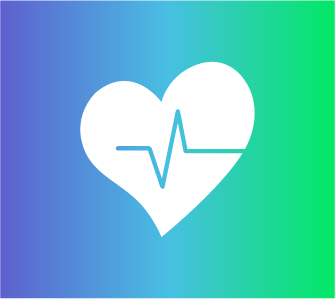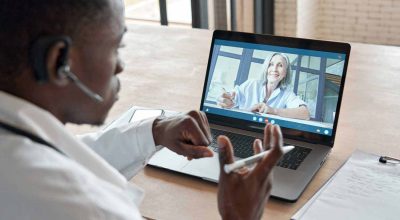As the adoption of telemedicine becomes more broadly accepted across the country, people have certain expectations of virtual visits. They want to get answers that are useful and concise, but they will need to be aware up front about some of the limitations you, the provider, may encounter in evaluating them remotely. Still, when the appointment is over, your patients shouldn’t have more questions and more anxiety than before they met with you.
When telemedicine began, it wasn’t perfect, but it did offer a new dimension in care for those who were not able to make it to a brick and mortar clinic either due to disability or access issues (like working out on a barge in the ocean for months on end, or even out in space). However, this convenience does not detract from the level of care in any meaningful way. Patients who needed additional diagnostic procedures or hands-on treatment could still be referred, but the initial remote evaluation could often provide people with immediate relief in the form of a differential diagnosis and a plan for ongoing care. Our goal is that at the end of every telehealth visit, the patient should feel that they had a complete, satisfactory experience, no matter the outcome of the visit.
Let’s look at what qualifies as a “good” experience with telemedicine and some ways that can be improved.

Patients Want Convenience & Access
While patients want the better access and convenience that telemedicine provides, they don’t want to sacrifice the quality of service. This means they want a thorough examination (as much as can be afforded at distance) and resolution when they turn off their webcam.
This can mean having a more robust network of specialists to refer patients to, a responsive network of diagnostic facilities, and a method for interfacing quickly with pharmacies. Patients expect telemedicine to be more accessible and more convenient, so these are areas in which you can improve by connecting with a better, broader platform.
Telemedicine Should be Personable & Warm
One of the biggest complaints patients have for doctors, in general, is that physicians are often cold or impersonal. This can be exacerbated when all interactions are via remote video chat, unless you take the opportunity to spend more time connecting with the patient and listening to their concerns. You can learn and implement the skills of empathic communication to create a compassionate and nurturing environment remotely for each patient. You can also take more time in the treatment planning to explain in more detail and give them room to ask questions. Also, because many people may not know all the questions they have right away, make sure they know they can reach back out with follow-up questions when needed.
There’s also an issue with awareness—patients need to be aware you offer these services. Ensuring you’re alerting your client base and marketing effectively to new customers is a great way to be seen as accepting and welcoming. You should also take the time to make sure that the services you offer are accessible to people with disabilities, as they often feel left out and have difficulty accessing care that you provide as standard.
Communication Should be Clear
Some patients are not quite sold on the idea of telemedicine, and their fears aren’t helped when connections or video quality are bad. When you’re seeing patients in-person, you make sure your office is well-lit, clean, and peaceful. There is no reason to skimp on equipment or internet access or ambiance for your virtual practice.
You cannot control the quality of your patient’s computer or video equipment, but you can mitigate their potential issues by having high quality equipment available on your end. If you are going to use additional equipment to gather vitals, ensure that you offer clear and understandable instructions on what devices they should be using, where to find them, and how to take measurements as well.
Intake Should be Cleaner
A good visit is one in which your patients have already completed their intake and you’ve had time to give meaningful consideration to their responses before you even meet with them if possible. If you’re partnered with a platform that has machine learning intake processes, you can create a system that helps you diagnose while your patients do their forms. Again, making intake smooth, comfortable, and accessible to all is paramount in a good Telemedicine practice.
Partner With a Platform that has Your Back
ViTel has years of experience supporting doctor’s offices with the mundane, so you can do the extraordinary for your patients. With our innovative AI-based intake processes, seamless billing, and access to a huge pool of specialists, we have what you need to improve your telehealth quality. From beginners to seasoned online professionals, we can help every step of the way with administrative support and connections to pharmacies and medical suppliers.
Patients want a more personable experience that’s accessible and convenient without sacrificing diagnostic quality. Other than situations where you have to send them to be physically evaluated, you can perform a highly beneficial checkup through telemedicine if you’re prepared for it. This requires good equipment and a willing attitude to help calm your patients as well as diagnose them.
Contact us today to see what a difference ViTel can make in your online practice, and hear how other doctors are creating not just good but great virtual visits for their patients.







